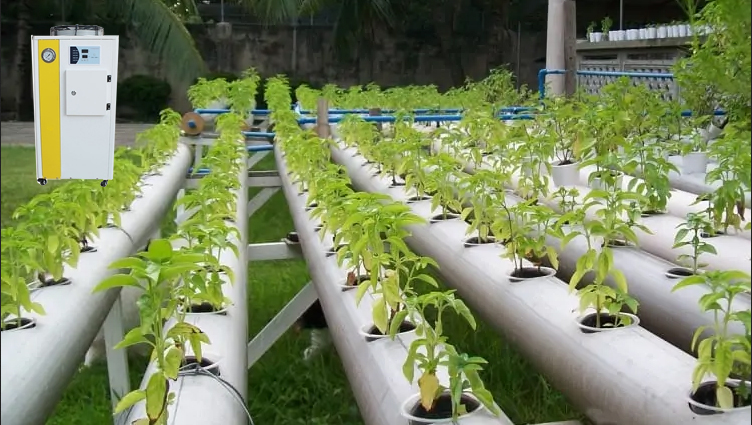Stabilizing Temperatures:
Hydroponics requires a stable temperature. These plants need to be watered at an optional temperature. Under high or low temperature, plants may die or even reduce production. This is the function of hydroponic refrigerator. Designed to take away excess heat-hydroponic refrigerator can effectively stabilize your greenhouse temperature. This makes it easy to provide nutrition, thereby increasing yield.
Root Zone Temperature:
The roots of plants grown under hydroponic conditions are fragile in nature. This requires a stable temperature. This is particularly important for those who use drains and flood control systems. They need hydroponic chillers to maintain healthy root zone temperatures based on water and air mountains. In addition, the water chiller helps to reduce the occurrence of electric shock. So we need to know how to maintain water chiller.
Summertime:
Summer can be extremely hot. This high temperature will have a negative impact on your plants. Then the water chiller came in handy. Using a chiller, you can dissipate this heat and provide the best growth temperature for your plants. This not only improves productivity, but also ensures that plants grow faster.

Hydroponics is an innovative horticultural technology that can help you maximize yield, eliminate pests, and optimize space use. This technology does not need soil, you can completely control your production. In addition, the technology is characterized by faster growth. It is also important to learn the basic knowledge of hydroponic cooling, including the use of water chillers.
Because nutrients enter plants directly through water, it is important to keep water frozen. The nutrient solution should be cooled to obtain maximum absorption. Remember, you can achieve higher yields only when hydroponic conditions are optimal. With a chiller, you can provide the right temperature for the roots and plants of your crops. Keep in mind that maintaining a low temperature without using a cooler requires constant vigilance. It is time-consuming, boring and expensive. In addition, higher temperature will lead to problems such as dilution and impact of nutrient concentration. This may have a negative impact on growth rate and yield.
